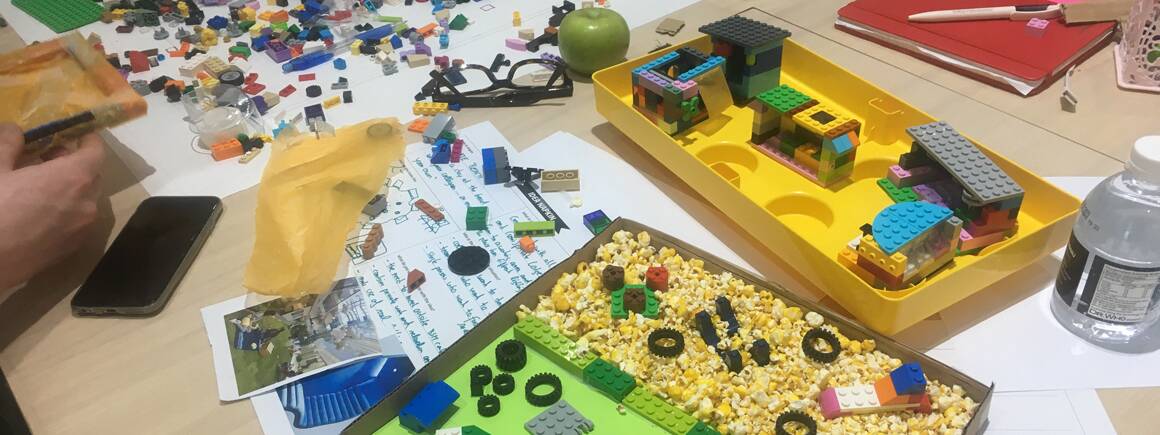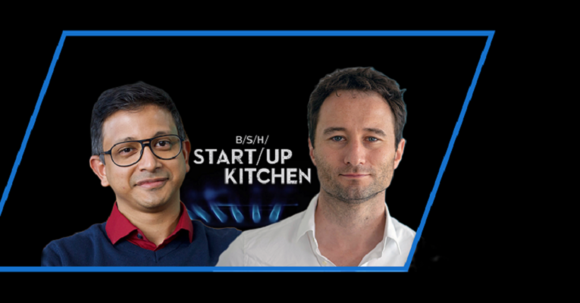Connected brains, built on the ideas of others, encourage wild ideas, fail early and often… there are lots of rules in Design Thinking, but perhaps one is more important than all the others: focus on the user.
What sounds easy at first quickly becomes a challenge for the participants of Design Thinking workshop.
“Naturally everyone has certain ideas and assumptions. Throwing these overboard and opening yourself to a new way of thinking is a great experience,” says Peter Wadsworth.
The Innovation Manager from the UK was one of 20 BSH employees from around the world who took part in a training program to become Design Thinking Coaches. He developed an understanding of this ‘agile’ method during the one-year part-time program at Hasso Plattner Institute (HPI) in Potsdam, one of the most renowned places for learning and teaching the topic of Design Thinking. The goal is to develop ideas fast, always keeping the user’s need at the absolute forefront of your mind and, based on that, arrive at a carefully targeted solution that solves their problem. To do this, a multi-disciplinary team – preferably from different departments – works together in carefully planned work steps that are defined in terms of their scheduling and content.
“It’s fun and fascinating to see how you can develop ideas, build meaningful prototypes, test them with consumers, gather useful feedback, and iterate and improve your ideas in such a short period of time,” says Barbara Marcia Stahl. The Innovation Manager for Cooling at BSH in Munich and freshly graduated Design Thinking Coach covered the agile method while working on her Master’s thesis. To come up with new ideas, the participants may occasionally employ methods that seem a little strange to outsiders, such as when people stack colorful Lego blocks on top of each other, talk with hand puppets or cover all available wall space with countless Post-its.
“We learned to approach problems in new ways by not simply looking for solutions that alleviate the obvious symptoms but instead to delve deeper to identify the root of the problem,” says Wadsworth.
After one year, Stahl and Wadsworth have made it – they are among the first certified Design Thinking Coaches at BSH. Now their goal is to establish the new method within the company.
“I want to convince my colleagues of the value of the method by allowing them to see how well it works by designing and running workshops that deliver tangible results to the business,” says Wadsworth.
Stahl also has strong ideas: “Starting immediately, I will schedule some time at the end of each workshop to reflect on what was accomplished. I will conduct ‘I like – I wish’ rounds to make the next workshop more effective.” And soon there might be a box full of colorful Lego blocks and Post-It notes there too.





